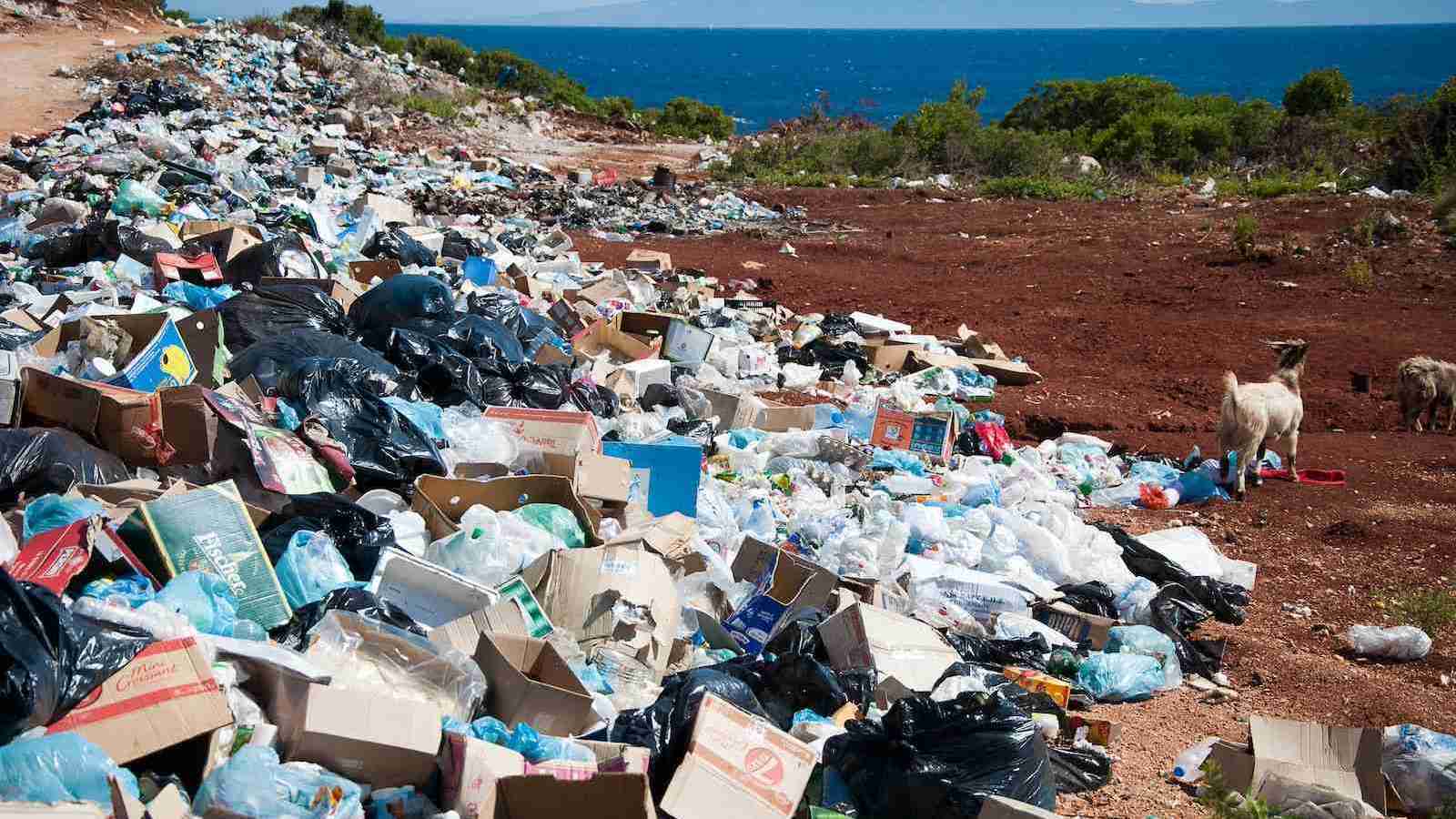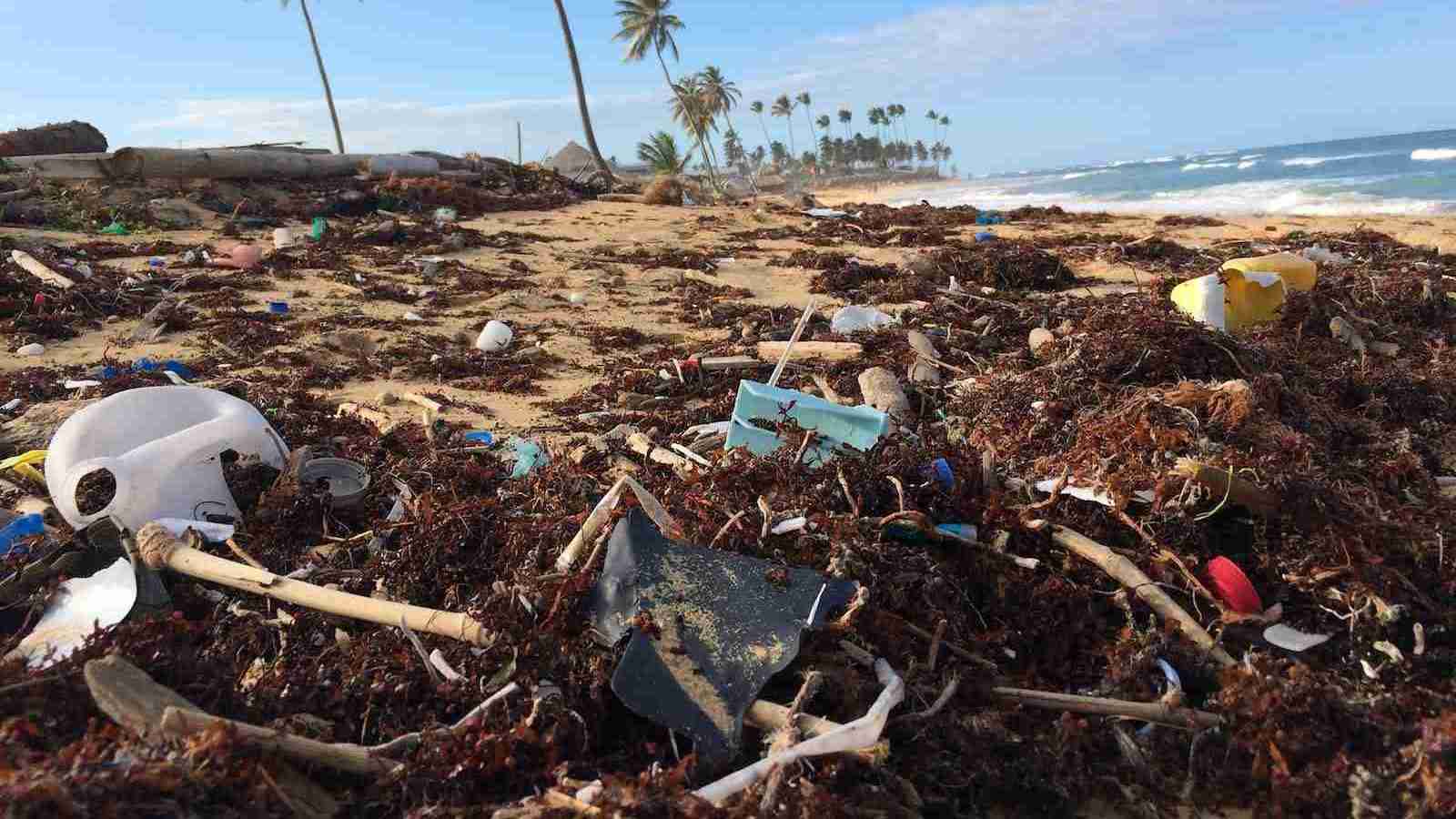25 Interesting Facts about PFAS Forever Chemicals (Stay Alert)
1. PFAS stands for per and poly-fluoroalkyl substances.
PFAS, short for per- and poly-fluoroalkyl substances, is a broad category of human-made chemicals that has gained attention recently. These substances are characterized by their unique chemical structure, which contains carbon and fluorine atoms.
PFAS chemicals have various industrial applications due to their useful properties, such as heat resistance, water repellency, and oil resistance.
2. PFAS are called forever chemicals.
PFAS compounds have earned the nickname “forever chemicals” due to their remarkable persistence in the environment. They are resistant to degradation by natural processes, making them extremely long-lasting.
Traditional mechanisms of environmental breakdown, such as microbial or chemical degradation, have minimal effects on PFAS.
3. PFAS have been used since the 1940s in a wide range of industrial and consumer products.
The use of PFAS dates back to the 1940s, when their unique properties were discovered and harnessed for industrial applications. Over the years, PFAS have found their way into numerous industrial and consumer products.
Industries have utilized PFAS compounds in producing textiles, electronics, automotive parts, and construction materials. Consumer products such as non-stick cookware, waterproof fabrics, stain-resistant carpets, food packaging, and firefighting foams also contain PFAS.
4. These chemicals have properties that make them resistant to heat, water, and oil.

One of the key reasons for the widespread use of PFAS in various industries is their exceptional resistance to heat, water, and oil. PFAS compounds exhibit remarkable thermal stability, allowing them to withstand high temperatures without degrading or losing their desirable properties.
Their water-repellent and oil-repellent characteristics make them valuable in applications where surfaces need protection or where moisture and oil resistance are required.
5. PFAS are used in non-stick cookware, waterproof fabrics, and stain-resistant carpets.
PFAS compounds are widely used in numerous everyday products due to their desirable properties. Non-stick cookware like Teflon pans often contains PFAS coatings that provide non-stick functionality. Waterproof fabrics, including raincoats and outdoor gear, often incorporate PFAS compounds to repel water and keep the wearer dry.
In the food industry, PFAS can be found in certain food packaging materials, such as fast-food wrappers or microwave popcorn bags, to provide grease resistance.
6. They are present in many household items, including furniture, cleaning, and cosmetics.
In addition to the well-known products mentioned earlier, PFAS can be found in various household items. Furniture treatments and coatings may contain PFAS to provide stain resistance and durability.
Cleaning products, such as stain removers and carpet cleaners, sometimes incorporate PFAS to enhance their effectiveness.
7. PFAS can pollute water from industrial spills, discharges, and firefighting foams.
One significant concern regarding PFAS is their ability to contaminate water sources. Industrial activities involving the use or production of PFAS can lead to releasing these chemicals into the environment through discharges or accidental spills.
For instance, manufacturing plants, waste treatment facilities, and certain industries like textile or electronics manufacturing can be sources of PFAS contamination.
8. They can also enter the environment through wastewater treatment plants and landfills.

PFAS can enter the environment through wastewater treatment plants and landfills. These facilities may not fully remove PFAS, leading to discharge into water bodies.
Landfills can also release PFAS through leachate, impacting nearby ecosystems.
9. PFAS build up in the food chain, especially in fish, meat, and dairy.
One significant concern about PFAS is their ability to bioaccumulate in the food chain. These chemicals have been found to accumulate in organisms, starting from lower levels of the food chain and gradually building up in higher trophic levels.
As a result, predatory species or animals higher up in the food chain, such as fish, birds of prey, or mammals, tend to have higher concentrations of PFAS in their tissues.
10. Many people are exposed to PFAS through contaminated drinking water.
Contaminated drinking water is a major source of PFAS exposure for numerous communities worldwide. PFAS compounds have been detected in drinking water supplies, particularly in areas near industrial sites, military bases, or locations with historical firefighting foam use.
These chemicals can enter water sources through industrial releases, accidental spills, or leaching from landfills.
11. PFAS have been found in the blood of many people worldwide.
The widespread use and persistence of PFAS have resulted in the presence of these chemicals in human populations worldwide. Studies conducted across different countries have consistently found detectable levels of PFAS in the blood of a significant percentage of the global population.
These findings indicate that exposure to PFAS is prevalent and underscores the need for continued monitoring, research, and efforts to reduce exposure levels.
12. PFAS have the ability to travel long distances in the environment.
PFAS, due to their unique properties, can travel long distances in air, water, and soil, reaching remote areas far from their sources.
This highlights the global scope of PFAS contamination and ecosystem interconnections, emphasizing the urgent need for coordinated efforts to address this environmental challenge.
13. Some types of PFAS, such as PFOA and PFOS, have been fully phased out.
Efforts to address concerns about specific PFAS like PFOA and PFOS have led to their restricted use or elimination in many countries due to environmental persistence and potential health risks.
This reflects a global commitment to tackle PFAS issues and protect the environment and public health, emphasizing the need for ongoing research and regulation of these chemicals.
14. The production and use of PFOS and PFOA are regulated or banned in many countries.
In response to the potential risks associated with PFOS and PFOA, several countries have implemented regulations to control or ban their production and use, limiting their environmental release and reducing exposure levels.
These measures reflect the recognition of the need to mitigate environmental and health impacts.
15. Phasing out these PFAS doesn’t tackle the wider group of ‘forever chemicals’.
Efforts to regulate PFOS and PFOA don’t cover all PFAS. Many other PFAS with different properties and risks are still in use.
This shows the need for comprehensive approaches to address PFAS and their environmental and health impacts, emphasizing the importance of continued research and regulation.
16. Forever chemicals include thousands of different compounds.

Forever chemicals refer to various compounds known as PFAS (per- and poly-fluoroalkyl substances). This group comprises thousands of unique chemical compounds.
Some PFAS are highly toxic and long-lasting, remaining in the environment and accumulating in organisms. Recognizing the diversity of PFAS is essential for assessing risks and creating effective management and regulation strategies.
17. Throwing away PFAS products like non-stick pans and stain-resistant fabrics pollutes the environment.
Disposing of products with PFAS, like non-stick cookware and stain-resistant fabrics, can pollute the environment. These items may contain PFAS that can leach into landfills.
Proper handling and disposal following local guidelines are crucial to minimizing chemical release.
18. Studies have linked PFAS exposure to various health effects.
Numerous scientific studies have investigated the health effects associated with PFAS exposure. The findings suggest a range of potential adverse health outcomes. Exposure to PFAS has been linked to immune system dysfunction, which can result in reduced resistance to infections and diseases.
PFAS exposure is linked to liver damage and potential health issues like thyroid disease, reduced fertility, and increased cancer risk, emphasizing the importance of minimizing exposure.
19. The health effects of certain PFAS are still under research.
Ongoing research delves into the diverse health effects of various PFAS compounds and mixtures. Each compound has unique properties, and when multiple PFAS are present, they can interact with potential combined effects.
Continuous scientific study is vital to fully understand the health risks of PFAS and inform regulatory decisions, ensuring the safety of the environment and public health.
20. The U.S. EPA advises a 70 ppt limit for certain PFAS in water.

The U.S. EPA has set a health advisory level for PFOA and PFOS, two well-studied PFAS compounds, at 70 ppt for their combined concentrations, offering guidance for drinking water safety.
This guideline aims to protect vulnerable populations but is non-enforceable. However, experts argue for stricter regulations to mitigate PFAS exposure better, as they believe the current level may not sufficiently safeguard human health.
21. Experts say the 70 ppt limit for PFOA and PFOS is too high, and stricter rules are needed.
The U.S. EPA’s advisory level of 70 ppt for PFOA and PFOS in drinking water is a subject of ongoing debate among experts. Many argue that it may not adequately protect human health, especially considering the cumulative effects of multiple PFAS compounds.
This ongoing discussion underscores the complexity of establishing effective regulations to safeguard public health.
22. PFAS are found in wildlife like birds, fish, and polar bears, showing their wide environmental spread.
PFAS in wildlife shows the widespread presence of these chemicals in the environment. Birds, fish, and even polar bears have been found with PFAS. This reveals contamination in remote ecosystems and the risk of bioaccumulation in the food chain.
PFAS in wildlife raises concerns about ecosystem impacts and potential human exposure from eating contaminated animals.
23. The Stockholm Convention acknowledges the need to oversee and control PFAS.
The Stockholm Convention, an international treaty, is considering the inclusion of PFAS due to their persistence and potential harms.
Multiple countries and organizations advocate for monitoring and regulating PFAS to address global environmental and health risks.
24. Some companies and governments have voluntarily reduced PFAS use.

To mitigate PFAS risks, some companies and governments voluntarily reduce or remove specific PFAS compounds from their products, seeking safer alternatives.
These initiatives intend to cut PFAS exposure. However, comprehensive regulations are vital to consistently ensure widespread PFAS reduction across industries.
25. Scientists work on cleaning PFAS-contaminated sites and creating safer alternatives.
Addressing PFAS contamination involves both prevention and remediation. Researchers are exploring innovative techniques for cleaning up contaminated sites and developing safer alternatives to PFAS.
These efforts aim to mitigate PFAS contamination and promote sustainable, environmentally friendly solutions.
FAQs
PFAS, which stands for per and poly-fluoroalkyl substances, are often called forever chemicals due to their persistence in the environment and their resistance to degradation. This nickname is attributed to their strong chemical bonds, which make them highly durable and resistant to breaking down naturally over time.
There are four main types of forever chemicals (PFAS):
1: PFOA (Perfluorooctanoic Acid)
2: PFOS (Perfluorooctanesulfonic Acid)
3: PFHxS (Perfluorohexane Sulfonic Acid)
4: GenX Chemicals
Minimize exposure by avoiding nonstick cookware and PFOA-containing products to remove PFOA from the body. Opt for PFOA-free alternatives. Eat a diet rich in fruits, vegetables, and antioxidants to support detoxification and protect against oxidative stress. Take care of your liver, stay hydrated, and limit alcohol. Exercise regularly and consult a healthcare professional for personalized guidance.
To minimize PFAS (per- and poly-fluoroalkyl substances) exposure, follow these steps:
1: Water: Use a certified water filter to remove PFAS from drinking water.
2: Cookware: Avoid nonstick cookware with PFAS; choose stainless steel or ceramic.
3: Stain-resistant products: Avoid stain-resistant items; seek PFAS-free alternatives.
4: Food packaging: Don’t microwave food in PFAS-containing containers; use glass or ceramic.
5: Cosmetics: Check ingredient labels for “fluoro” or “perfluoro” ingredients; opt for PFAS-free products.
Destroying PFAS (per- and poly-fluoroalkyl substances) is challenging due to their persistence, but promising methods include:
1: High-temperature incineration: Effective at temperatures above 1,000°C.
2: Advanced oxidation processes (AOPs): Use strong oxidizing agents like ozone or UV light.
3: Soil and groundwater remediation: Involves injecting oxidizing agents into contaminated areas.
4: Biological treatment: Certain bacteria and fungi may degrade PFAS, but research continues.







